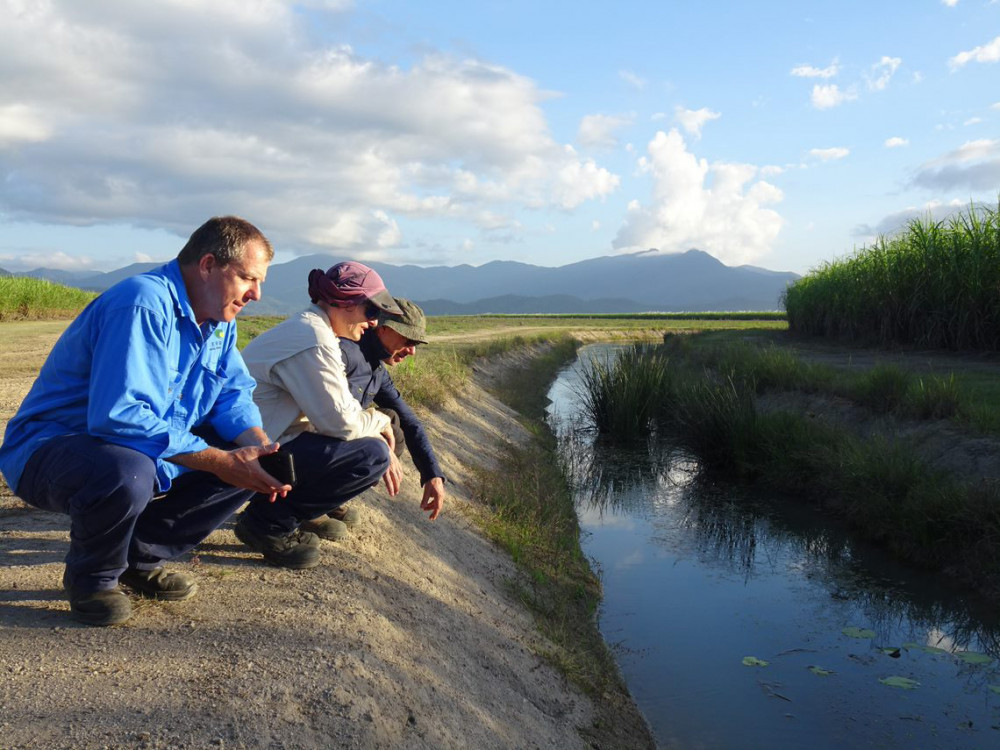General News
18 June, 2021
Removing barriers to boost fish stocks
CAN a small fish navigate the Murray and Herbert rivers and tributaries? That’s the basis for a new project to remove barriers preventing juvenile fish, including barramundis and jungle perch, from moving upstream to nursery grounds.

More than 3500 potential fish barriers have been identified in the Murray and Lower Herbert basins and a field team from Terrain Natural Resource Management (NRM) is now inspecting hundreds of them to prioritise work at causeways, culverts and areas with weed and feral pig problems.
The new Fish Homes and Highways project is being delivered by Terrain NRM to address threats to nationally significant wetland areas and coastal ecosystems.
Terrain’s Deb Bass said constructed barriers like weirs, causeways, pipe and box culverts could stop freshwater fish species that spawn in estuaries from safely moving upstream to wetlands to mature into adults. Not being able to reach nurseries to mature impacts fish populations and diversity.
She said constructed barriers were just one of the challenges for fish.
“Aquatic weeds like hymenachne can build up, creating a physical choke as well as a chemical barrier where there’s simply not enough oxygen left for fish to move through safely. Add feral pigs to the mix, which tear up waterways and create physical barriers, and you have a serious problem.
“Impacted fish include iconic species like jungle perch, barramundi, mangrove jack and tarpon.”
Experts have used high resolution imagery and desktop analysis to identify the potential barriers in the Murray and Herbert catchments. Three hundred barriers, considered the top-priority ones, are now being physically investigated by a field team.
Ms Bass said other factors including stream movement, flow rate, distance from the coast, physical specifications of barriers, and ease of modification are then considered.
“This way we can find out what interventions will have the best bang for buck as well as the best ecological outcomes for fish,” she said.
About half of the barriers are on private property.
“We’ve been welcomed onto properties by landholders. It’s fabulous having very specific local knowledge added to the mix – farmers really see the value in this project because having healthy fish populations is something to be proud of. There are a lot of commercially and recreationally important fish that need connectivity – no-one wants to lose the opportunity to go fishing.”
The team will continue their fieldwork for another two weeks so give them a wave if you see them!
The Fish Homes & Highways project is funded by the Australian Government’s Reef Trust program.



